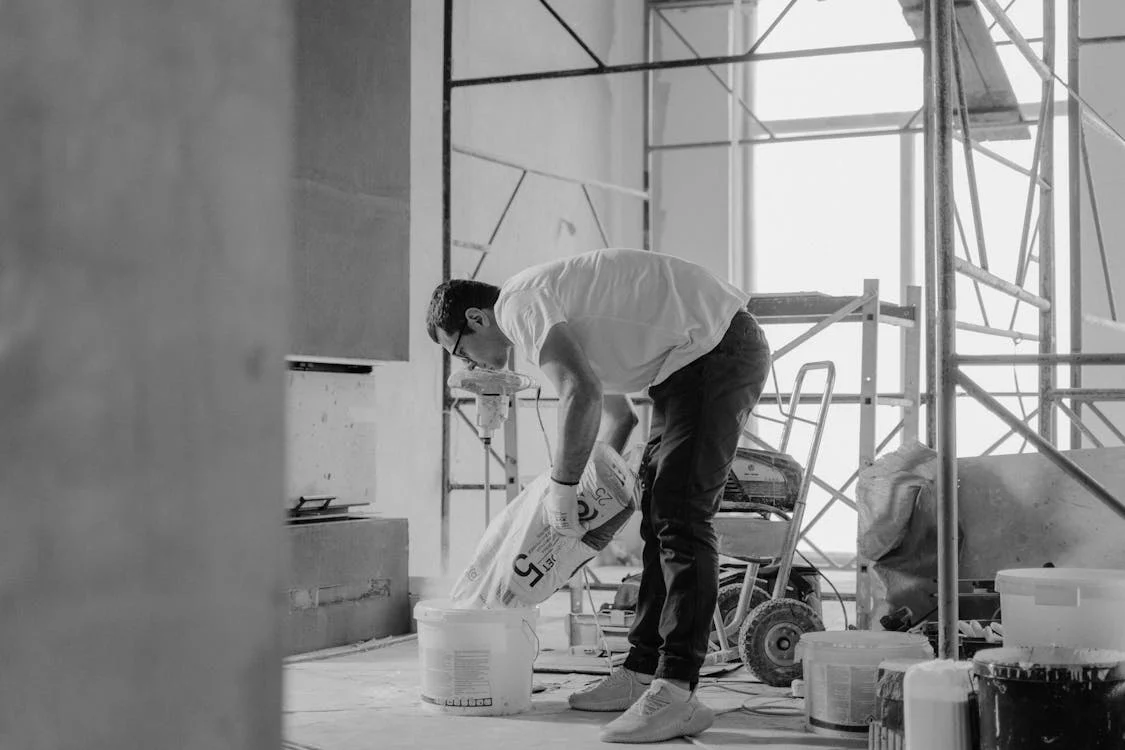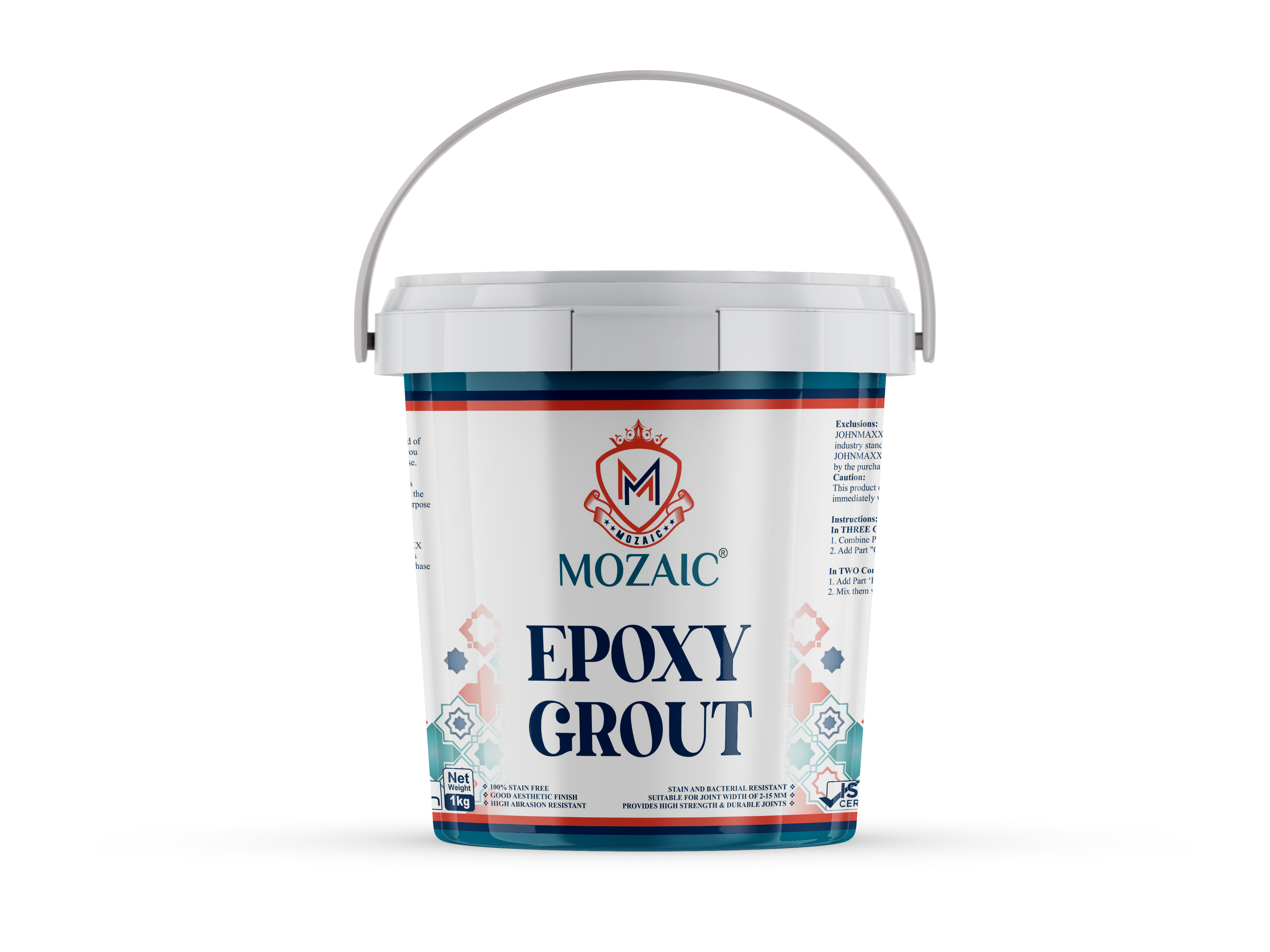Construction chemicals play an important role in enhancing the energy, sturdiness, and aesthetic appeal of buildings and infrastructure. From concrete admixtures and waterproofing retailers to sealants and adhesives, those chemicals are vital in modern construction practices. However, their handling and application require careful attention to safety measures to shield workers, the surroundings, and the integrity of the undertaking.
Let’s explore top tips for ensuring protection when using chemical compounds, emphasizing good practices and precautionary measures.
Understanding construction chemicals
Construction chemicals encompass a wide variety of products designed to improve diverse elements of production materials and tactics. Some commonplace types consist of:
Concrete Admixtures: Enhance the residences of concrete together with workability, power, and sturdiness.
Waterproofing Agents: Protect structures from water ingress and moisture-associated damage.
Sealants and Adhesives: Seal joints, gaps, and cracks while also providing bonding abilities.
Protective Coatings: Provide surface safety against corrosion, abrasion, and chemical exposure.
While those chemicals offer significant benefits, they can also pose health dangers if they are no longer dealt with, saved, or applied effectively.
Top Tips for Safety
Implementing proper safety practices is essential to mitigating the dangers associated with the creation of chemical compounds. Here are key hints to ensure protection at some stage in the coping with and alertness process.
- Read and understand Safety Data Sheets (SDS): Before using any production chemical, make yourself familiar with its SDS. SDS provides vital statistics on managing processes, capability hazards, shielding measures, first resource instructions, and disposal pointers. Ensure SDS is comfortably available to all workers involved in the assignment.
- Personal Protective Equipment (PPE): Always put on appropriate PPE while coping with production chemical substances. This might also consist of protection goggles, gloves, respiration safety (in particular when spraying or working in limited spaces), and protective garb to limit pores and skin contact. Regularly look at and preserve PPE to ensure effectiveness.
- Ventilation and Engineering Controls: Use production chemical substances in nicely ventilated areas to minimize inhalation of fumes or vapors. Implement engineering controls together with local exhaust air flow systems to capture and do away with airborne contaminants in the supply. Avoid working in restrained spaces without good airflow.
- Storage and Handling: Store production chemical compounds in their unique bins in a stable, nicely ventilated garage area far from direct daylight, warmth sources, and incompatible materials. Follow manufacturer pointers for storage situations and shelf life. Handle chemical substances with care to prevent spills or leaks, and clean up any spills directly using suitable absorbent substances.
- Mixing and Dilution: Follow unique blending commands provided by the producer to ensure the chemical’s effectiveness and protection. Use smooth, targeted boxes and tools for mixing and avoid cross-infection with other chemicals. Always upload chemicals to water (if diluting), and by no means add water to chemicals to limit splashing and ability reactions.
- Application Techniques: Adhere to endorsed utility strategies and environmental conditions exactly as specified by the manufacturer. Ensure ok training for employees worried within the software manner to gain uniform coverage while minimizing exposure. Use mechanical aids, including pumps or sprayers, where applicable to reduce manual handling and exposure dangers.
- Emergency Preparedness: Have a complete emergency response plan in place that includes procedures for chemical spills, leaks, fires, and publicity incidents. Provide education to workers on emergency techniques, such as evacuation routes, assembly factors, and primary aid protocols. Maintain on-hand first aid kits, eyewash stations, and emergency showers in areas where chemical substances are used.
- Regular Monitoring and Maintenance: Conduct normal inspections of systems, ventilation systems, and PPE to identify and deal with potential safety risks promptly. Monitor chemical utilization and exposure levels through air tracking or non-public sampling, where necessary. Implement preventive protection schedules for devices and garage centers to ensure secure operation.
- Training and Communication: Provide thorough schooling to all personnel worried about handling production chemical compounds. Training has to cover chance recognition, secure coping with practices, emergency tactics, and the proper use of PPE. Foster open communication channels among team members to document safety issues or incidents promptly.
- Environmental Considerations: Minimize environmental impact by adhering to rules concerning chemical disposal, recycling, and waste management. Dispose of unused or expired chemical compounds in keeping with local regulations and manufacturer pointers. Consider environmentally pleasant options, if possible, to lessen the ecological footprint.
Conclusion
Safety should usually be the top priority when using production chemical substances to guard the well-being of workers and ensure the success of the entire construction project. By following those top recommendations—from understanding SDS and carrying proper PPE to imposing safe coping practices and emergency preparedness—you could mitigate the risks associated with chemical exposure and create a more secure running environment.
Remember, proactive protection measures now not only handiest safeguard individuals but additionally make a contribution to the overall performance and quality of production operations. Embrace a culture of safety, continuous schooling, and adherence to great practices to acquire the most effective effects in chemical usage.





